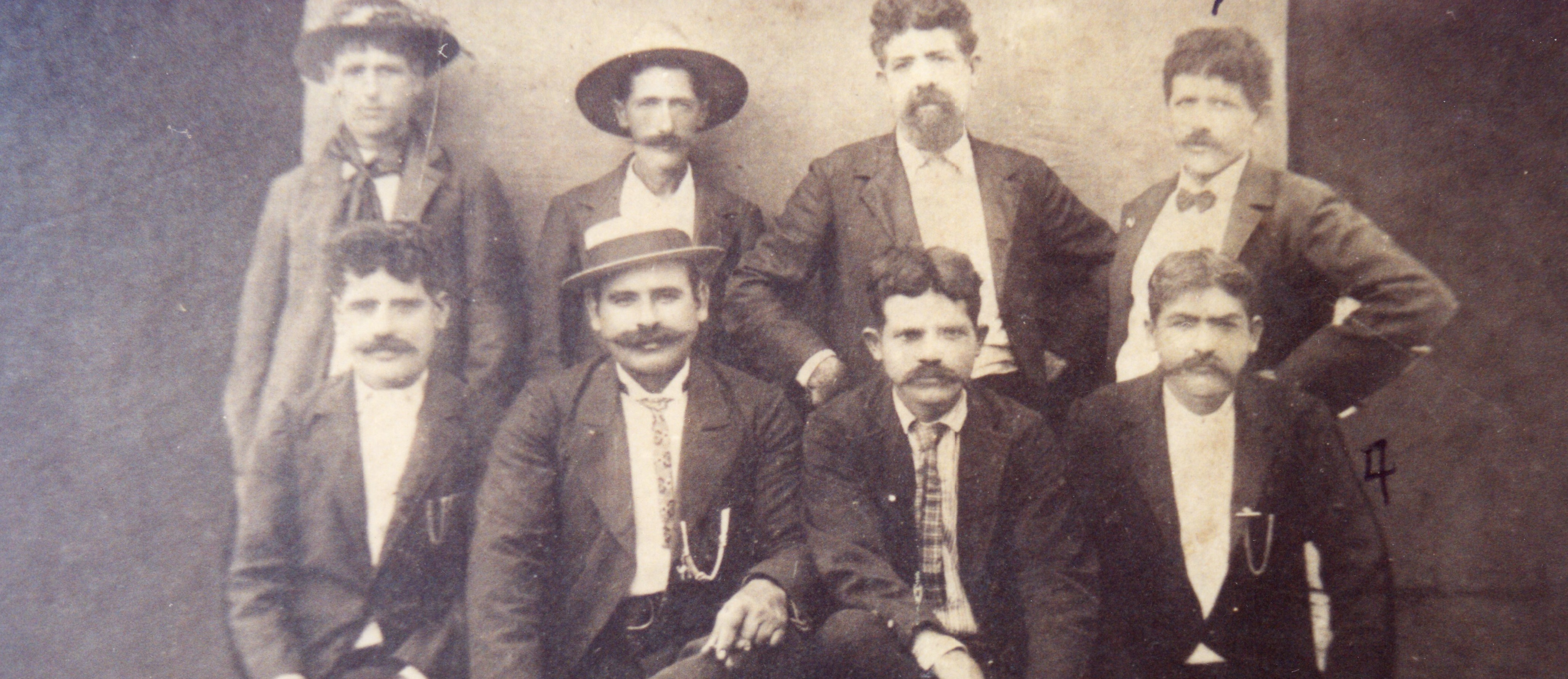Interviewing relatives, writing letters, and badgering family members with questions are all integral parts of genealogy. Relying on oral history alone is a dangerous practice though. All oral history must be proven. Despite the fact that an elderly family members says it is’s so, does not make it true. That’s where documentation comes in.
Review Your Family Stories
Once you’ve organized the information you’ve collected from relatives, it’s time to review your research needs. Look over your family group sheets and pedigree charts. Where do you find discrepancies? Where do you see facts with nothing to support them? Where are there blank spots? These are the holes that documentation has to fill.

Find Documentation to Prove Family Stories
Every bit of data in your family tree should be supported by some form of documentation. This will save you future headaches, believe me.
First, when a relative disputes your data, you can respond “No, I have her birth certificate. She was definitely born in San Francisco.” Second, by making sure you have documentation to support your facts you ensure that you are following the right line.
It’s far too easy in genealogy to research the wrong family or hit a brick wall because you are looking in the wrong place at the wrong time. The point of documentation is to remove doubt. In this way, you will do your best to keep from wandering down the wrong path and thwart naysaying cousins.

Find the Best Record Possible
In a perfect world, every research trip with provide what you need and every fact will have a primary source. Unfortunately, there are times when no documentation can be found. The microfilmed records may not go far enough back. The church you are interested in burned to the ground, taking all it’s records with it. In these cases, you may have to rely on information from family.
Hopefully, secondary sources will be located to fill the gaps. Do your best to limit the amount of facts that cannot be supported with documentation.
Got Your Proof? Fill in the Blanks!
Once you’ve got your documentation in hand, your family tree will have a solid base to stand on. There will still be mysteries and questions. Your goal is to work through those as best you can. Documentation is important! It helps remove doubts and keeps us from barking up the wrong tree.
Not sure where to start looking for that proof?
The FamilySearch website has this handy dandy Resource Checklist to help you out. When evaluating th research needs for an ancestor, ask yourself what information you need to verify then look over the list to see which documents might provide the answers.
Still confused? GenealogyBank gives a pretty good explanation of 13 of the most common types of documents.
——






